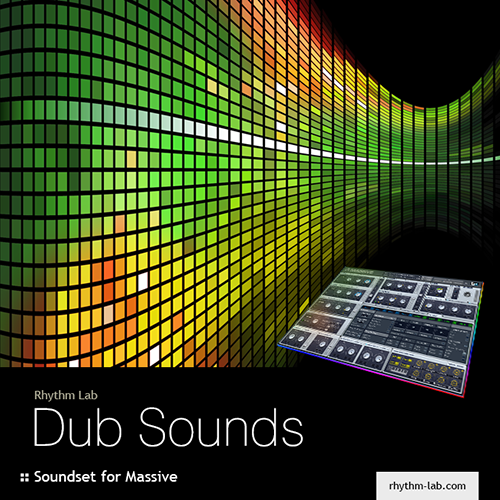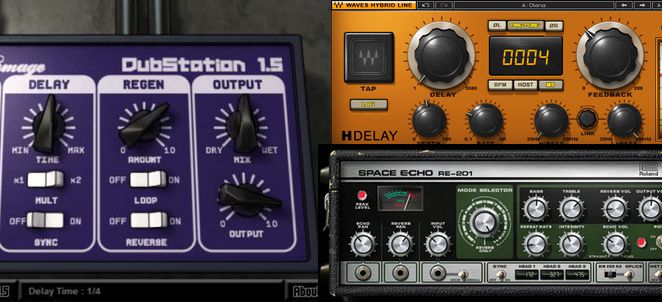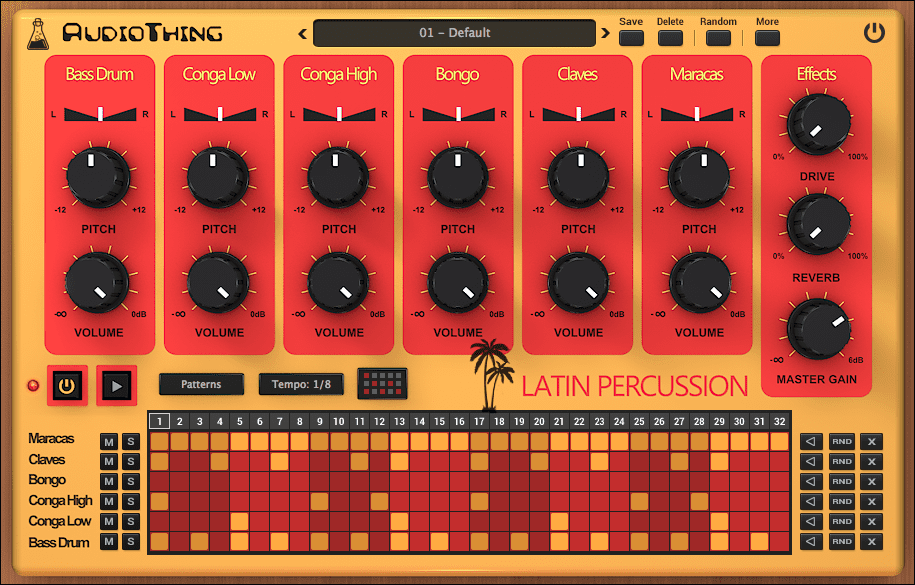
So, why not build a dub-specific template DAW project with ‘analogue’ preamp, compressor and EQ plugins on every channel, and delay (tape and/or BBD) and reverb (spring and room/hall) auxiliaries set up and ready to spin? Universal Audio’s UAD systems are an obvious choice here, but be sure to check out Harrisson’s Mixbus DAW, which puts a full-on analogue mixer emulation at your fingertips.Straight from the heart of Jamaica’s most prolific music community, Waterhouse in Kingston, we proudly introduce you the Alborosie Dub Station. This all- (or nearly-all) analogue approach needs to be adopted from the very start of the production process, as dub composition and mixing are inextricably intertwined. But don’t worry, that doesn’t mean you need to blow your savings on cranky vintage outboard, as there are countless thoroughly convincing plugin emulations out there with which to impose the warmth and grit of valves and transistors – albeit in virtual form – on your tracks and busses. Keep It Analogue, Even If It’s Digital…Īlthough dubstep and other contemporary bass music styles have brilliantly redefined the spirit and soul of dub for the digital age, ‘original’ dub is and always will be resolutely analogue in its tone and flavour. Modulation effects are another key ingredient of dub, so play around with flanging on hi-hats and guitar, phasing on the auxiliary delay return, etc.

As with feedback delay effects, record your spins in real time using a MIDI controller, rather than drawing them in as automation, which would be very much counter to the hands-on ethos of the genre.

When it comes to the bigger reverb often spun in on just the last snare hit in a four- or eight-bar phrase, any algorithmic or convolution-based room or hall on an auxiliary bus will do – just make sure it’s set up for a dark, cavernous sound.
DUB VST PSP
For that characteristic reggae-style spring reverb on the drums and guitar, look no further than PSP Audioware’s SpringBox, u-he’s Twangstrom or any of the entrants in our own spring reverb round-up from last year. While there’s no shortage of sample libraries you can call on for this, know that a live performance by a real guitarist will always be preferable, as a good chop varies from stroke to stroke and might gradually open up as the track progresses.ĭelay might be the first effect that comes to mind with dub, but reverb is equally intrinsic. The Guitar ChopĬompleting the rhythm section alongside the bass, drums and percussion (sparse conga lines, agogos, timbales, vibraslap, etc), the offbeat guitar chop – aka skank – is another dub standard, unobtrusively filling the spaces between the main beats with scratchy staccato chords. As ever, you shouldn’t feel chained down by these well-established staples, but an inappropriate drum pattern can completely undermine all your other dub aspirations, so always keep them in mind as frameworks.

We’ll leave you to Google those for in-depth descriptions and examples, but in a nutshell, the one-drop sees the kick and snare/sidestick landing on beats 2 and 4 the rockers rhythm moves the kicks to 1 and 3 and the steppers beat places kicks on all four beats of the bar. Central to this are the drums, which draw on the three fundamental kick/snare/hats patterns of reggae, namely the ‘one-drop’, ‘rockers’ and ‘steppers’ beats. If sound system authenticity is at the top of your agenda, as well as making the ‘right’ choices when it comes to the sounds used in your dub productions, it’s also of vital importance that the beats – or, in dub and reggae parlance, riddims – are on point.
DUB VST FREE
Feel free to process them to the brink of transformation, though.

Other de rigueur instrumentation includes guitar, melodica, brass and organ, and there are plenty of sample libraries and Kontakt instruments out there covering all of these at a range of prices.Įven if you’re not going for a 100% trad dub sound, it’s always a good idea to feature one or two of these core voices, as they’re definitive of the genre. The most important sonic elements of dub are the drums and bass, the first of which is commonly of the acoustic variety (Toontrack’s Reggae EZX is highly recommended as a mix-ready alternative to the real thing), as opposed to overtly electronic, and the bass being either electric or a simple analogue synth patch, often little more than a single sine wave oscillator.


 0 kommentar(er)
0 kommentar(er)
